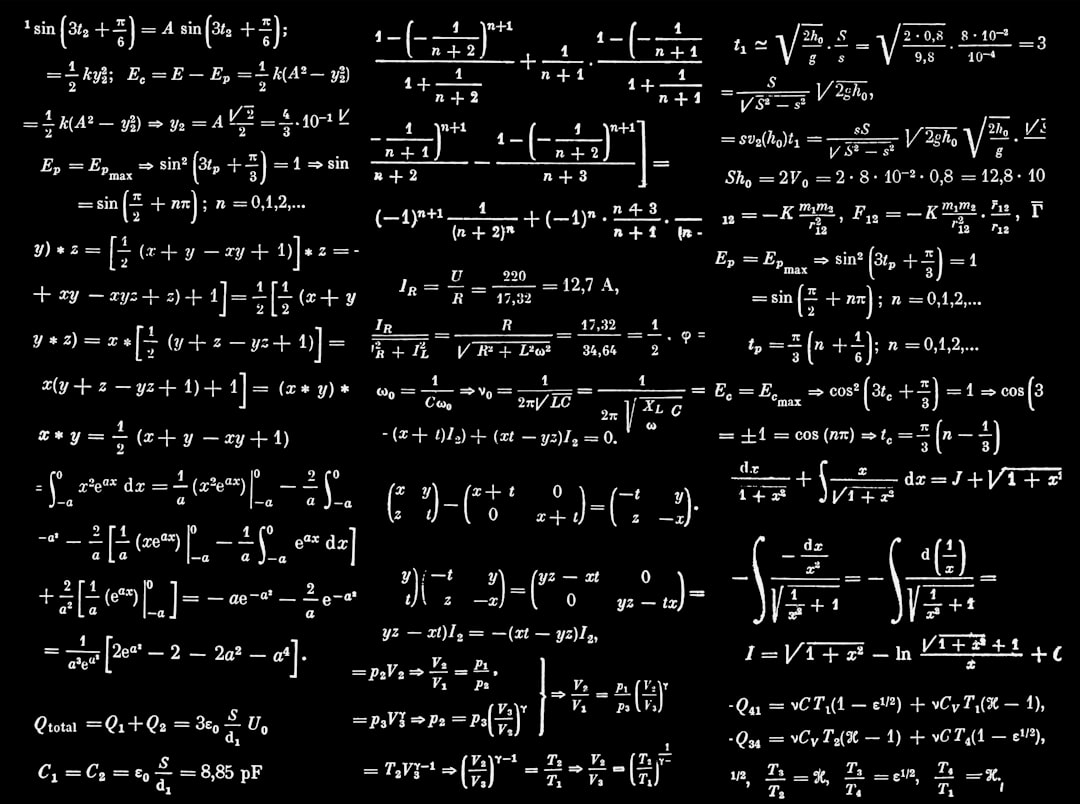What is it about?
Abstract Drawing on a study of children’s musical games in urban South Africa, this article employs two theoretical frames: that of multimodality and the multiliteracies pedagogy. These are applied to a contextual analysis of the forms of musicality that musical games embody and to ways of incorporating children’s play into pedagogy. Based on ethnographic research in primary schools in Soweto, I first examine representative examples of musical games in order to demonstrate children’s musicianship in relation to the concept of multimodality. Analysis reveals the games’ sophistication in terms of children’s deployment of multiple modes and the inventiveness their methods imply. Furthermore, a multimodal theoretical frame and analytical approach enables an understanding of musicality as the capacity to “design.” Second, children’s multimodal musicality prompts questions about how such musicality may become a resource in formal learning. I propose that applying the multiliteracies pedagogy to music education offers a methodological solution for “recruiting” musical games so that the capacities children demonstrate in their games may be developed.
Featured Image
Why is it important?
The article explores children's musical play in the specific context of urban South Africa, considering their implications for pedagogy. It utilizes Multimodality as analytical tool , allied to Multiliteracies as a pedagogy that can be aptly utilised in the classroom as a way of 'recruiting' musical games for transformed learning.
Read the Original
This page is a summary of: Multimodality and the Multiliteracies Pedagogy, Journal of Research in Music Education, February 2017, SAGE Publications,
DOI: 10.1177/0022429417694874.
You can read the full text:
Contributors
The following have contributed to this page










